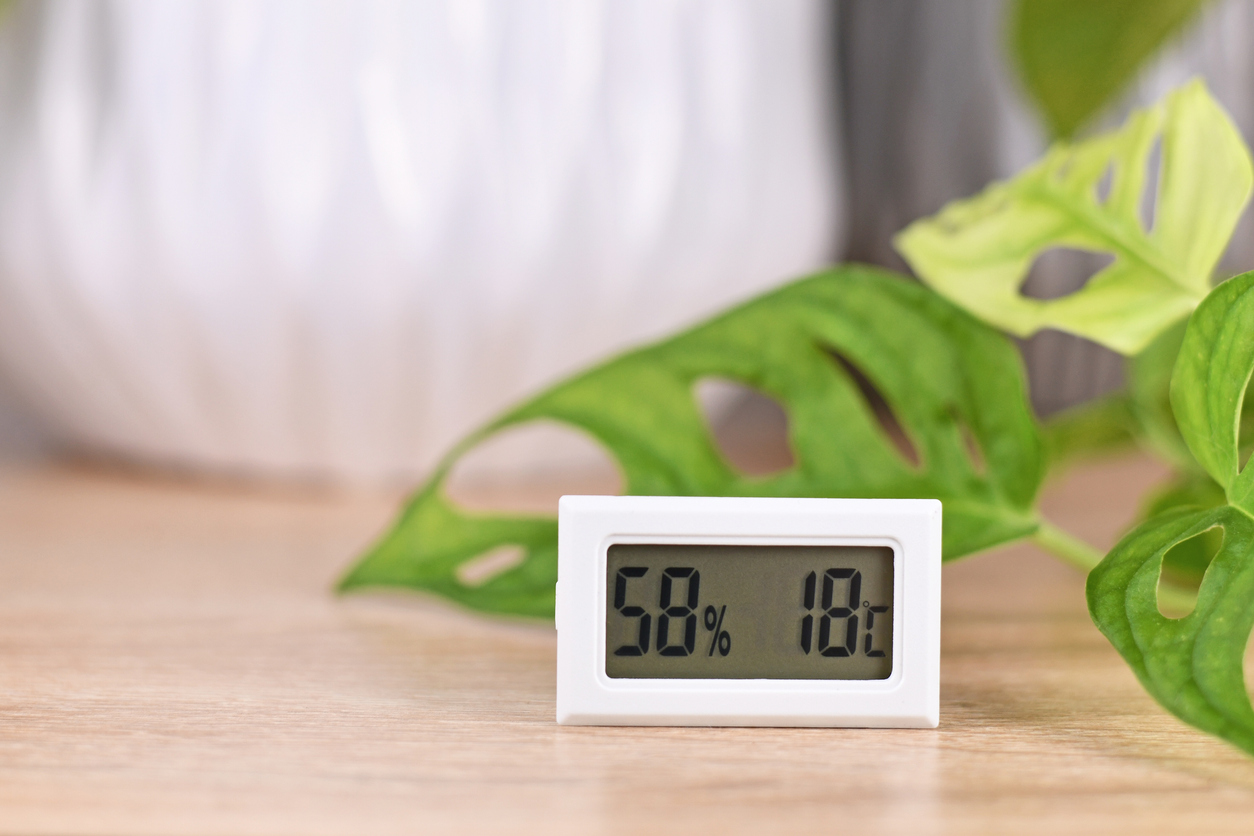Growing plants in a grow tent can be a delightful experience, but managing humidity levels can sometimes become a hassle. The challenge of maintaining optimal humidity without a dehumidifier is something many growers face. However, it’s here with big and approved techniques that can help you lower humidity in your grow tent effectively.
Humidity control is vital for creating a healthy growing environment. Excessive humidity can lead to fungal diseases and other issues. So, how does one go about solving this problem without using a dehumidifier? Let’s explore some terrific strategies that involve basic technology and simple hacks.

1. Importance of Controlling Humidity in Grow Tents
The humidity level in a grow tent significantly impacts the health and growth of plants. High humidity can lead to mold growth, poor plant health, and a reduction in yield. Therefore, maintaining the right humidity level is crucial for achieving productive outcomes.
1.1 Risks of High Humidity
High humidity in grow tents can cause severe fungal infections, like powdery mildew, which harm plants. Overly humid environments also promote pest infestations, negatively affecting plant health.
2. Using Ventilation Techniques
A simple yet effective method to control humidity is through ventilation. Increasing airflow will help reduce moisture levels, thus maintaining ideal humidity.
2.1 Enhancing Air Circulation
Setting up fans to circulate the air in your grow tent helps lower humidity. Oscillating fans work best for this purpose as they provide consistent airflow, which evaporates excess moisture.
3. Temperature Regulation
Adjusting the temperature within the grow tent can also influence humidity levels. Warmer air holds more moisture, whereas cooler air reduces it. Manage your grow tent’s temperature to balance humidity effectively.
3.1 Using Cooling Systems
Implementing simple cooling technology like air conditioners or small portable coolers can significantly reduce humidity levels in the grow tent.
4. Control Watering Practices
Improper watering schedules can contribute to elevated humidity levels. Practicing disciplined and timely watering can mitigate this issue.
4.1 Watering Techniques
Use drip irrigation or wick systems to reduce oversaturation of the soil, which decreases humidity. Always water plants in the early morning to allow any excess moisture to evaporate by evening.
5. Utilize Absorbent Materials
Materials like clay or ceramic can absorb moisture from the air. Placing them within your grow tent can help manage humidity naturally.
5.1 Benefits of Natural Absorbents
Using natural absorbent materials is an eco-friendly method of reducing humidity. They are reusable, making them a cost-effective solution for tackling high moisture levels.
6. Importance of Good Grow Tent Hygiene
Keeping your grow tent clean is essential for maintaining optimum humidity. Regular cleaning ensures mold and mildew do not have the opportunity to thrive in the humid environment.
6.1 Cleaning Tips
Wipe down surfaces with natural cleansers to prevent mold. This practice decreases potential spores that contribute to high humidity.
7. Shrink Size of Your Grow Tent
If possible, consider reducing the size of your grow tent. A smaller space tends to have less humidity. This approach can particularly be beneficial when dealing with multiple plants.
7.1 Maximizing Small Spaces
Utilize vertical gardening and compact plant arrangements to maximize space efficiency, promoting better air circulation and reduced humidity.
8. Use of Silica Gel Packs
Silica gel packs are effective moisture absorbers. Placing them around your grow tent can help reduce excess moisture in the air.
8.1 Strategic Placement
Position silica gel packs near corners and base areas where moisture tends to gather, ensuring optimal distribution and efficiency.
9. Application of Baking Soda
Placing bowls of baking soda around the grow tent can naturally absorb excess moisture.
9.1 Multifunctional Benefits
Apart from lowering humidity, baking soda also helps neutralize odors, adding a pleasant atmosphere in the grow tent.
10. Extend Light Exposure
Increasing exposure to light within the grow tent raises ambient temperature, which can help decrease moisture levels. However, ensure light exposure is suitable for plants’ health to avoid stress.
10.1 Optimal Light Positioning
Ensure lights are placed at appropriate heights and angles to uniformly increase the heat level, promoting effective evaporation of excess humidity.
11. Integrating Humidity Absorbing Plants
Certain plants naturally absorb humidity and can be strategically arranged within your growing space.
11.1 Selecting Suitable Varieties
Species like Tillandsia and Peace Lilies are known for their humidity-absorbing properties and can be great additions to your grow tent environment.
12. Monitor Humidity Levels
Consistent monitoring helps keep track of humidity levels ensuring they’re within the desirable range.
12.1 Effective Tools for Measurement
Using a hygrometer provides accurate measurements, helping to make informed decisions regarding humidity control methods.
13. Conclusion: Achieving Balance
While managing humidity without a dehumidifier may seem challenging, employing these strategies can lead to a tremendous improvement in your grow tent’s internal environment, resulting in healthier plants and more efficient growth. For additional guidance on improving indoor air quality and maintaining optimal environmental conditions for your plants, explore our resource poor indoor air quality.

FAQs
Q1: How often should I ventilate my grow tent?
Regular ventilation is key. Aim to ventilate your grow tent 1-2 times a day to maintain balanced air circulation and humidity levels.
Q2: Can too much light exposure harm my plants?
Yes, excessive light exposure can lead to plant stress. Ensure adequate light duration, balancing between heat reduction and optimal plant growth requirements.
Q3: How do I know which absorbent materials to use?
Select absorbents based on availability and sustainability. Options like baking soda, silica packs, and natural materials offer varying degrees of humidity absorption effectively without harming plants.






